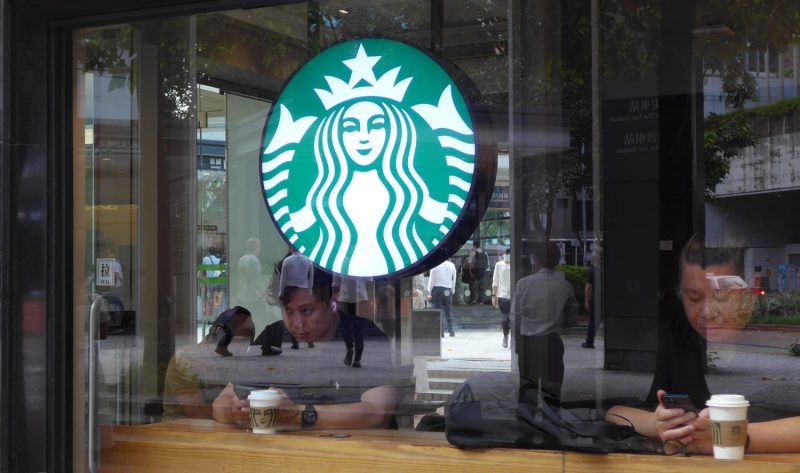Starbucks, being one of the world’s largest and most recognizable coffee chains, has undoubtedly revolutionized the way we consume coffee and experience cafes. However, while the company has seen immense success and growth over the years, it is currently facing a significant challenge with its mobile app.
The Starbucks mobile app, designed to enhance customer convenience and loyalty, has become a core component of the Starbucks experience for many users. It allows customers to order ahead, earn rewards, and pay for their purchases seamlessly. However, recent issues and complaints concerning the app have threatened Starbucks’ reputation and customer satisfaction levels.
One major problem that the incoming CEO of Starbucks will have to address is the app’s technical glitches and frequent malfunctions. Customers have reported issues with the app crashing, orders not going through, rewards not being credited, and payment failures. These problems not only frustrate customers but also hinder the smooth operation of Starbucks stores and impact overall sales.
Another crucial issue with the Starbucks mobile app is the lack of personalization and customization options for users. While the app offers basic features like order history and reward tracking, it fails to provide a tailored experience for individual customers based on their preferences, location, or past behaviors. This lack of personalization diminishes the app’s value and limits its potential to drive customer engagement and loyalty.
Moreover, the current Starbucks mobile app is seen as outdated and lacking innovative features compared to competitors in the industry. With the rapid evolution of technology and changing consumer expectations, Starbucks must invest in updating and enhancing its app to stay relevant and competitive in the market. Introducing new functionalities, such as advanced customization options, personalized recommendations, and seamless integration with other digital platforms, will be essential for Starbucks to regain its app’s appeal and drive customer satisfaction.
In addition to technical and feature improvements, the incoming CEO of Starbucks will need to focus on enhancing the overall user experience of the app. This includes optimizing the app’s interface for better navigation, streamlining the ordering process for faster transactions, and providing proactive customer support to address issues promptly. By prioritizing user-centric design and continuous feedback mechanisms, Starbucks can ensure that its mobile app delivers a seamless and satisfying experience for customers.
In conclusion, while Starbucks has established itself as a leader in the coffee industry, the company must address the challenges surrounding its mobile app to maintain its competitive edge and meet the evolving needs of customers. By prioritizing technical stability, personalization, innovation, and user experience, the incoming CEO can pave the way for Starbucks to revitalize its mobile app and strengthen its bond with customers in the digital age.
